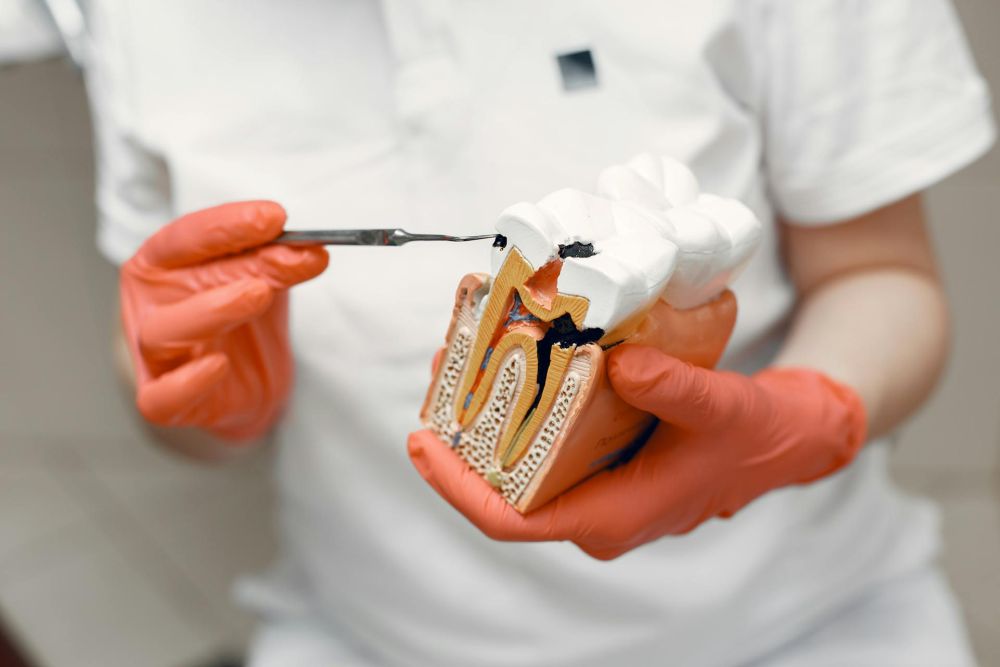A team from UConn’s Nanomaterials Optoelectronics Lab at the Institute of Materials Science has discovered a nifty way to increase the photoluminescence of single-walled carbon nanotubes by wrapping the tubes with a sleeve made from a Vitamin B2 analog. The wrapping prevents defects caused by oxygen and renders them much more useful for nanotech applications. Their research is published in a recent edition of Science.
The problem they are addressing has to do with SWNTs and their tendency to be poor emitters of light because of spotty, “bumpy” 1,4-endoperoxide defects on the surface of nanotubes longer than 94 nm.
The group, led by Fotios Papadimitrakopoulos, is using a helical wrap of a flavin mononucleotide to “smooth” the SWNT surface and increase photoluminescence efficiency as high as 20 percent, a 40-fold increase.
The luminescence property is aroused in SWNTs when they are subjected to infrared irradiation or electrical excitation. On the applications side, researchers are hopefull because nanotube emissions are extremely sharp and are in a spectral region where little absorption or scattering takes place by soft tissue. For example, a patient could be injected with wrapped nanotubes – instead of using X-rays or radioactive dyes – to detect an internal problems. The patient could then be passed through an infrared lightsource/scanner that would record a high-resolution image of the luminescence of the nanotubes in problem areas.
Other apps could include near-infrared emitters (which could fine their way into medicine and homeland security as bio-reporting agents and nano-sized beacons), nano-scaled LEDs and photo detectors.
This animation is the work of Xiao-Ming Xu, a graduate student in the Department of Pharmaceutics under the supervision of professor Diane Burgess.
CTT Categories
- Biomaterials & Medical
- Nanomaterials
Spotlight Categories
- Member Highlights


